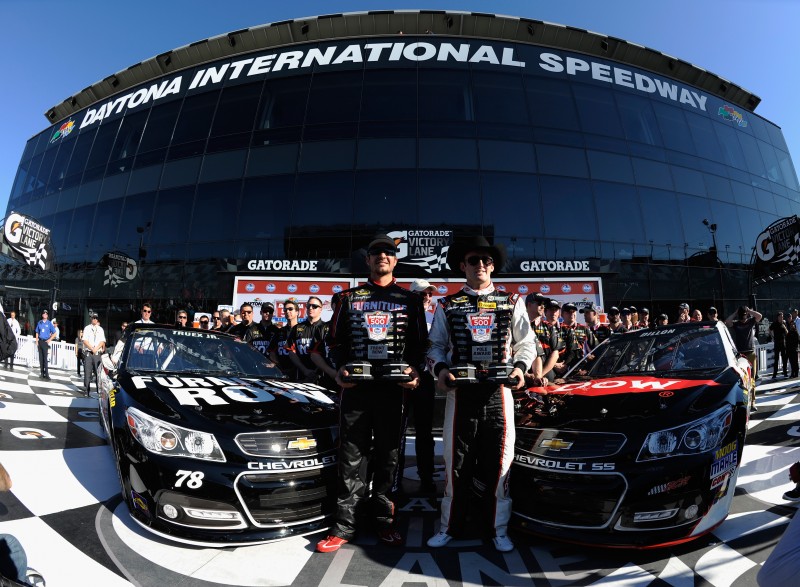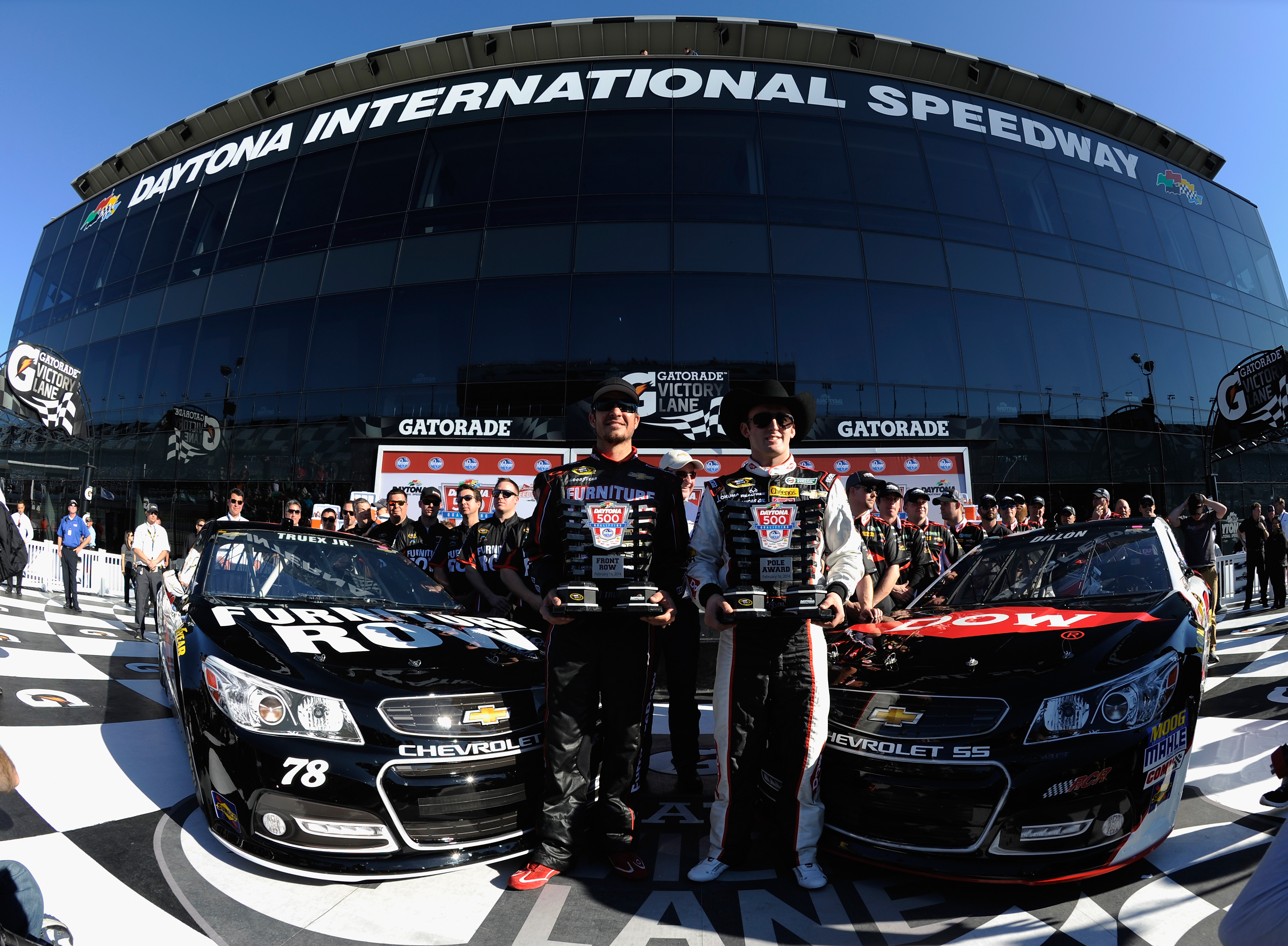
This year, the most boring qualifying session of the year was also the first one of the year. In a way, it’s a matter of getting it done, and moving forward.
Beginning with the 2014 season, qualifying for NASCAR across the board in the top three series (Sprint Cup, Nationwide and Truck), there will be no single-car qualifying sessions. Instead, qualifying in the National touring series will take on more of a group, or “knockout” format, similar to what Formula 1 does in their sessions.
At tracks measuring 1.25-miles or more, including the other three restrictor plate races, there will be three rounds of qualifying. The first round will last 25 minutes, with all drivers involved in the session, trying to get the fastest lap possible. After 25 minutes, there will be a cool down session, and the fastest 24 from that round will move into the second round. Positions 25-43 will be set based on times from the first round of drivers not going to the second round.
After a five-minute break, the second round of qualifying will be only 10 minutes, and the top-12 drivers will move on into the final round of qualifying. Positions 13-24 will be set based on this round.
The final qualifying round will be just five minutes long, with the top-12 positions decided. The fastest car in the final round will be the pole sitter for the race.
Tracks that are less than 1.25-miles in length will only see two rounds of qualifying. The first round will be 30 minutes in length, and only the top-12 drivers continue into the final round. The second round will be 10 minutes in length, following the same rules as is used for tracks bigger than 1.25-miles in length. The main difference is the break in between these rounds will be 10 minutes, rather than just five when it’s a three-round format.
This creates a lot of interesting scenarios, because the later one goes in qualifying, there’s still a chance that there can be improved times, but also more chances to possibly damage the car. At the same time, the drivers that move to the next round may know they don’t have a car fast enough to continue on into the next round, and win the pole, so they may want to rest and take a position at the middle of the field knowing their setup for the race is better.
One big situation that could come up is drivers from the first and second rounds that don’t move on could end up having faster times than the eventual pole-sitter, because of changing track conditions possibly meaning going early would be better.
This type of qualifying will not be used in three events. The Daytona 500 has two separate qualifying formats, as Sunday’s single-car runs only set the front row, plus the Gatorade Duels that will take place Thursday. The Duel races will set positions 3-32, with times and provisionals setting the remaining field. It will also not be used at the Sprint All-Star Race due to its qualifying format including three laps plus a four-tire pit stop. The Camping World Truck Series will not use this format when they run the second-annual Mid-Summer Classic at Eldora, which uses heat races to set the field.
Honestly, the group format and knockout style that NASCAR has come up with kicks the excitement of qualifying up immensely, and will make more fans want to watch what happens. I know it will make me want to watch it more, and will make me continue to see the changes in setups and speeds as the rounds progress.
That being said, the Daytona 500 is the big event, and the traditional qualifying races are more than enough to make fans tune in and see the kind of action they will eventually see on Sunday afternoon. But, come the next week at Phoenix, the excitement of the new qualifying format will come, and you won’t here any complaints from me about it.
Part 3 of Speedweeks coverage will come on Friday, reviewing the Gatorade Duels and showing the starting line-up for the 2014 Daytona 500.



